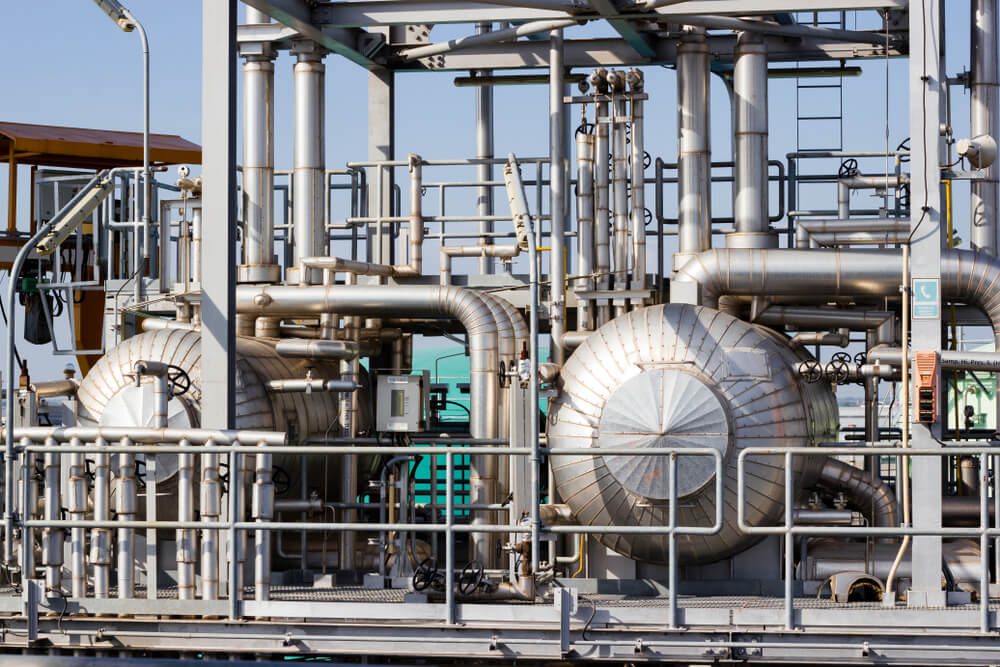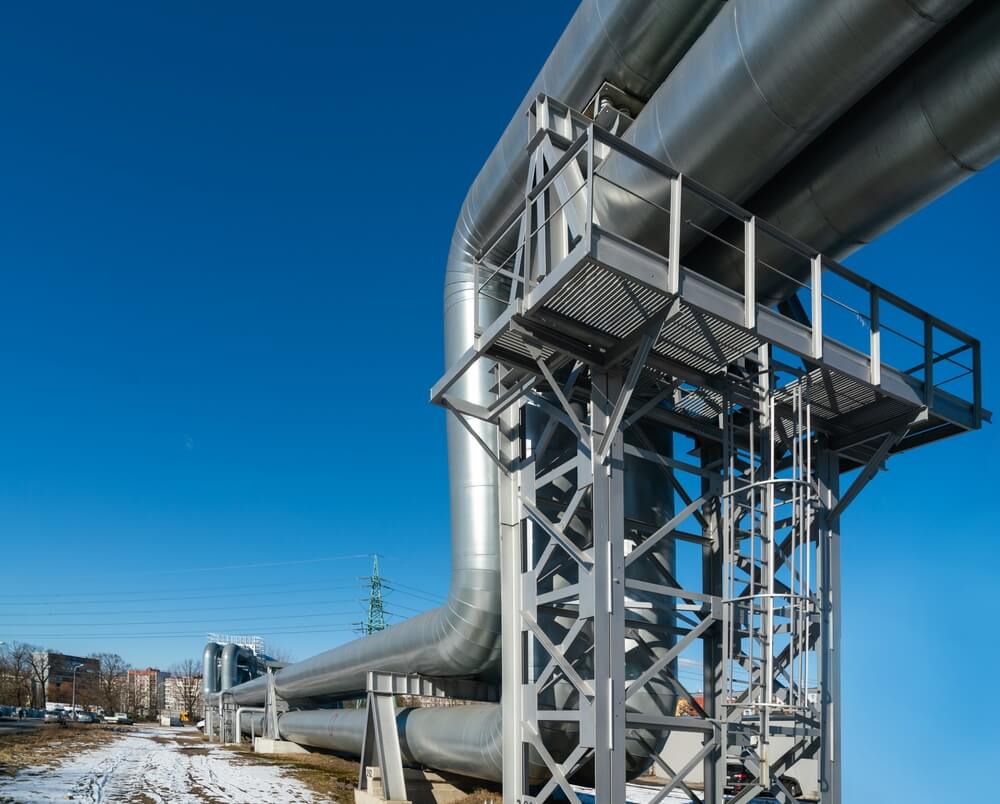Every resource available must be used to its maximum potential to achieve clean energy. One way power plants do that is by using Heat Recovery Steam Generators (HRSG.) These innovative heat-to-steam generators have been around for a long time, and their purpose has migrated from creating energy easily to creating steam energy. Here are the basics of the HRSG.
What Is a Heat Recovery Steam Generator?
An HRSG is a heat exchanger that captures and converts heat from a hot gas stream into steam pressure that powers steam turbines. The HRSG is a major component in a gas turbine or other stream of otherwise wasted gas. The process an HRSG uses to convert heat to steam is called cogeneration.
The first HRSG was produced 135 years ago. Its purpose was to convert heat into steam energy. Its creators never envisioned it would be used as a mechanism to reduce the production of pollutants. It was viewed as a great way to use a wasted resource and turn it into an asset. In addition, via Selective Catalyst Reduction Equipment (SCRE) the nitrogen oxide in HRSG exhaust is reduced.
What Does an HRSG Do?

The purpose of the HRSG is to convert heat from exhaust into steam. That steam then serves as a power source for steam turbines as they generate power. The power gets created via clean energy, and its production adds very little to the atmosphere in terms of pollution or warming.
The SCRE “scrubs” nitrogen oxide emissions from HRSG exhaust. By removing nitrogen oxide while the heat-to-steam energy process takes place, clean energy gets produced, while the system’s energy footprint and its pollution output get reduced.
What Are HRSG’s Features?
Four components make up the HRSG:
- Economizer
- Evaporator
- Superheater
- Water preheater
Once the heat converts into steam energy, it gets forced into the turbine mechanism, which then turns and produces power. That power can have commercial and residential applications.
Horizontal and Vertical Alignments
The way gas flows through an HRSG determines if it is a horizontal or vertical alignment. In horizontal HRSGs, gas flows across vertical tubes. In a vertical alignment, gas flow is pushed vertically over horizontal tubes. Generally, the type of alignment used is the most economical and efficient method of delivering gas through the HRSG.
Single and Multi-Pressure Systems
HRSGs come in two types of pressure configurations: Single and multi. In a single configuration, the HRSG has only one steam drum, and heat gets created at a single pressure point.
Under a multi-configuration, the HRSG has two or three steam drums, and each drum represents a particular range of pressure:
- Low pressure
- Intermediate pressure
- High pressure
With either of the configurations, water is passed over an evaporator and converted to steam. The steam is then superheated so that the ambient steam temperature surpasses the saturation point. Attaining the saturation point ensures maximum pressure to operate turbines, thus increasing the output of the turbines.
Applications for an HRSG
There are several applications for an HRSG.
Energy Projects
In projects where the utilization of all real and potential energy sources is crucial, an HRSG can aid in creating otherwise unused energy potential. Additionally, the energy produced is clean energy, which reduces the overall footprint of the energy project.
Desalination
HRSGs are used in desalination plants to aid in the evaporation and distillation of liquid to remove the salt content in the original water source. Using an HRSG in this way aids in desalination and energy creation.
Power
Using a turbine to create power is an inexpensive, clean, and efficient way to convert steam and heat into a usable power source. It is ideal for campuses that have their own heat and power plants. Universities are classic examples of using HRSGs to power campus facilities.
At Sea Power Creation
Many large ships use HRSGs to capture heat and create steam which gets converted into power. Using steam to create power allows the ship to rest its boilers, reducing wear and tear, creating inexpensive energy, and providing power for its operations. A ship might do this to rest its boilers and shut them down for maintenance and repair.
Clean Energy Via Steam
If you were to ask ten people what an HRSG is and the function it serves, it is unlikely many could tell you either. If you asked them how an HRSG also helps reduce pollutants that cause warming, the number who could answer would diminish further. Yet, few power-generating resources are as crucial to modern-day steam turbine energy production and utilizing clean energy as an HRSG.
If you need an HRSG, contact Lindberg Process Equipment today to speak with a professional about choosing the best application for your needs.





